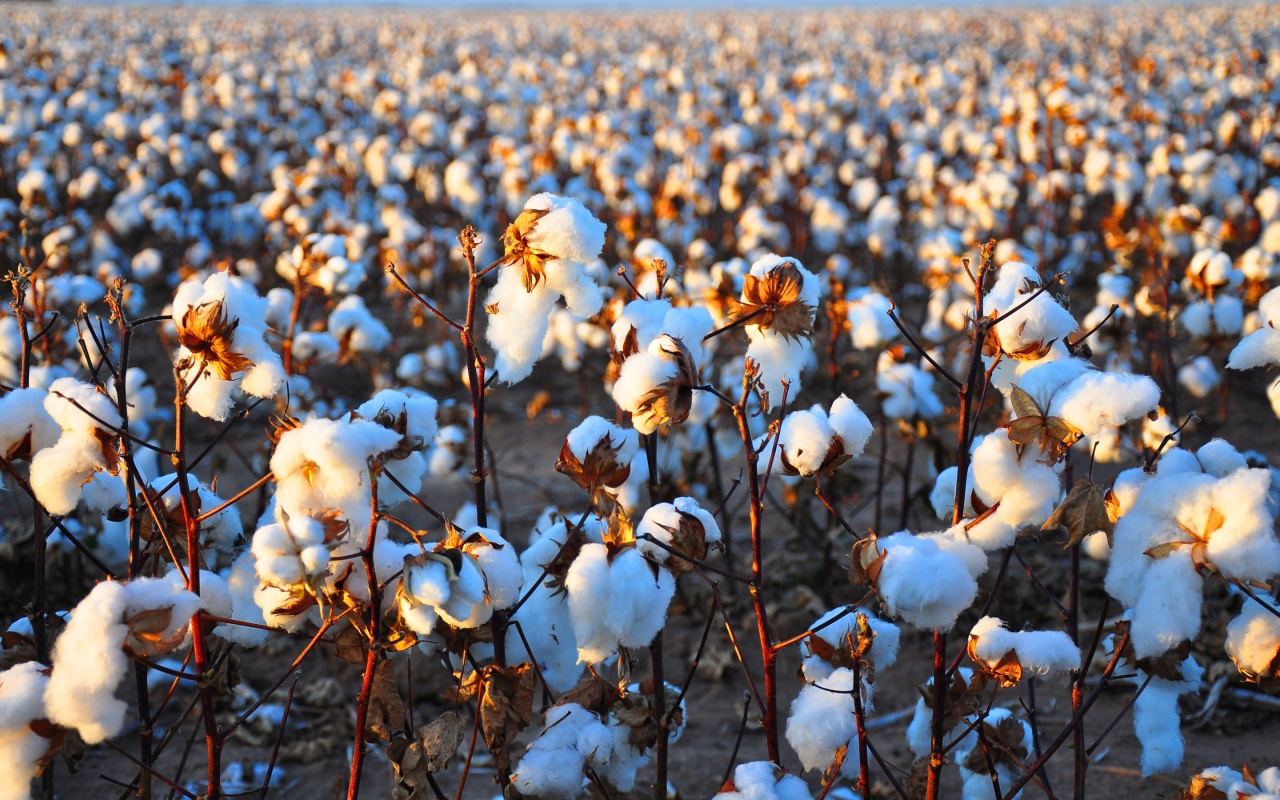About Indian Cotton
“The history of cotton and of textiles is not only the history of the growth of modern industry in India, but in a sense it might be considered the history of India during the past ten decades.”
Cotton is a part of our daily lives from the time we dry our faces on a soft cotton towel in the morning until we slide between fresh cotton sheets at night. It plays a very vital role in the Indian economy as well. Cotton has been called a cash crop for majority of reasons. It sustains the Indian cotton textile industry, which constitutes the single largest segment of organized industries in the country. It provides direct livelihood to around 6 million people from the cotton background engaged in harvesting, plucking, and marketing, ginning and pressing of cotton. It is among the leading crops since it is labour-intensive, particularly because it requires a season-long plant protection measures and is harvested not once, as in the case of most other crops, but four of five times a season. It also contributes substantially to the country’s foreign trade. More importantly, it is the highest earner of net foreign exchange, contributing over 30% from textile industry, which is fully dependent on the Indian Raw Cotton. Thus, cotton touches the country’s economy at several points as no other crop does. It therefore, eminently qualifies as a crop that deserves special attention. This is all the more so because there is a vast reservoir of potential for developing Indian cotton industry which is yet to be tapped.





